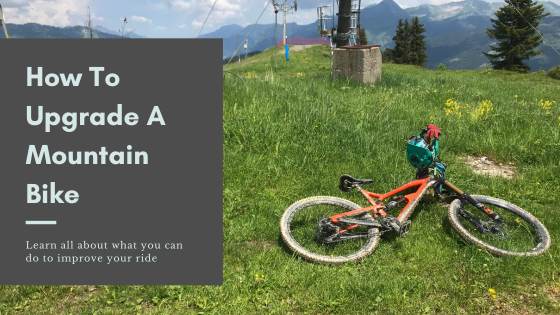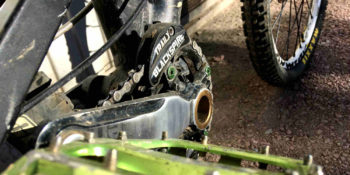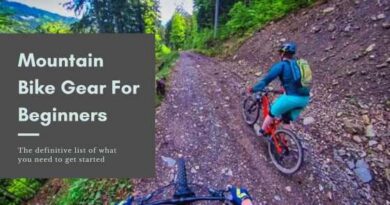How to Upgrade a Mountain Bike
Are you ready to take your mountain biking experience to new heights? Look no further, fellow dirt enthusiasts! In this blog, we’ll explore how to upgrade a mountain bike, enhancing both its feel and performance. Remember, even subtle changes can make a world of difference, so let’s saddle up and dive right in!
What should I upgrade first on my mountain bike?
Start With Your Contact Points
So, you’ve seen what components are available and caught the upgrade bug, but where should you start? It’s a question that haunts every rider, but the first thing to consider is your bike’s contact points: the handlebars, saddle, and pedals. These components directly affect your comfort and control, so upgrading them can work wonders. A more ergonomic saddle, grippier pedals, and handlebars that fit your riding style can turn your bike into a blissful extension of yourself.
Suspension
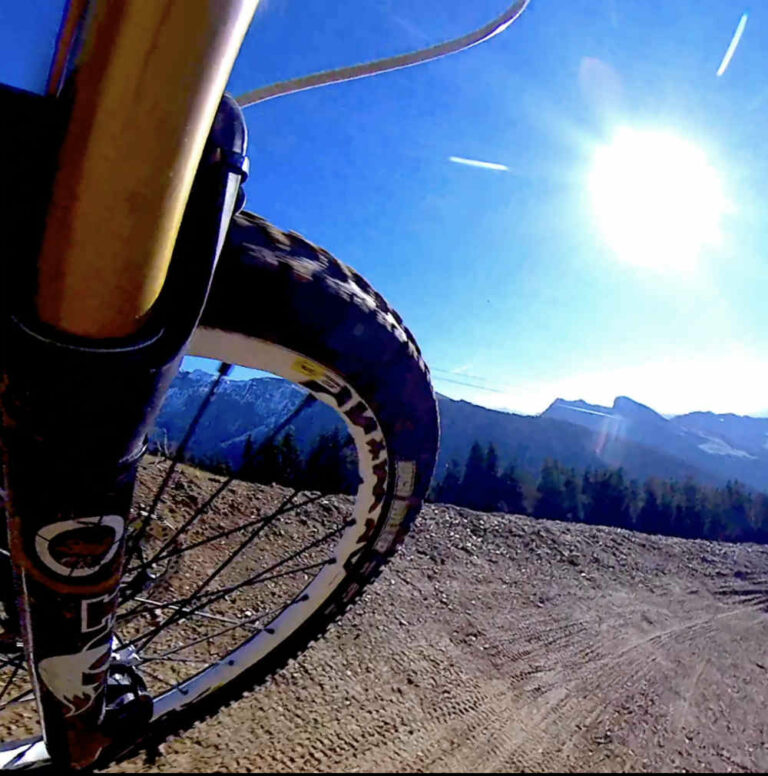
Before you start spending thousands on a new shock and fork, make sure the items you have are set up correctly. Tweaking the sag, compression, and rebound makes a massive difference in how your bike feels and performs on the rough stuff.
However, if you’re ready to take it a step further, upgrading to a high-quality fork and shock absorber can transform your bike’s performance. You’ll experience smoother rides, better traction, and increased confidence to conquer those gnarly trails. Just remember to choose components that match your bike’s specifications and your riding style.
Mountain Bike Tires
When it comes to upgrading your mountain bike, one crucial aspect that often gets overlooked is the choice of tires. The right tires can revolutionize your riding experience by enhancing traction, control, and overall performance on various terrains.
Choosing the right tire begins with understanding the terrain you predominantly ride on. Are you a fan of smooth, flowy singletracks, or do you crave the challenge of rugged, technical trails? The answer to this question will guide you in selecting the ideal tire tread pattern, width, and compound.
A tire with a knobby and aggressive tread pattern is essential for those who love tackling aggressive terrains with loose dirt, rocks, and mud. Look for deep, widely spaced knobs that can dig into the ground and provide maximum traction. These tires excel in maintaining control and stability, ensuring you stay upright even in the most challenging conditions.
On the other hand, if you’re more of a cross-country rider who values speed and efficiency, consider tires with a smoother, low-profile tread design. These tires feature smaller and closely spaced knobs, allowing for reduced rolling resistance and faster speeds. They provide excellent grip on hard-packed trails and perform admirably on climbs and descents.
Besides the tread pattern, tire width plays a crucial role in enhancing performance. Wider tires provide greater stability, increased grip, and improved shock absorption. They perform better on rough terrains, offering a plush and confidence-inspiring ride. However, keep in mind that wider tires can also be heavier and slower, so it’s essential to strike a balance between traction and rolling efficiency based on your riding style. On top of this, your bike can only take tires of maximum width. So make sure there is enough clearance between the tire and frame.
Another critical factor to consider is the tire compound. Different manufacturers offer varying rubber compounds that influence grip and durability. Softer compounds provide superior traction but may wear out faster. In comparison, harder compounds offer increased durability but can sacrifice some grip. Strike a balance that suits your riding preferences and the expected lifespan of the tires.
Remember, tire choice is not a one-size-fits-all solution. It’s always a good idea to experiment and fine-tune your setup based on the specific conditions and trails you ride. Don’t be afraid to seek recommendations from fellow riders, local bike shops, or online forums to find the perfect tire that matches your riding style and terrain.
Is It Worth Upgrading A Mountain Bike?
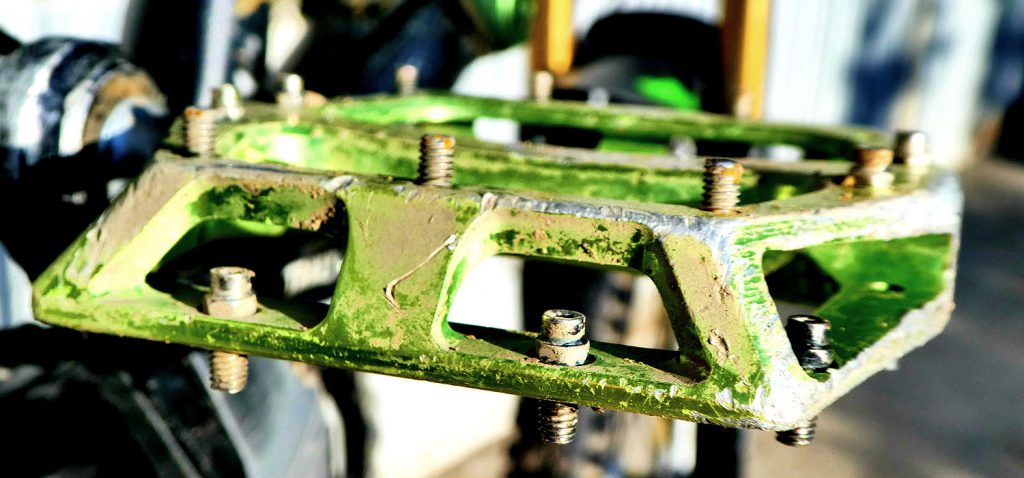
Ah, the eternal question! Is it really worth upgrading your beloved mountain bike? Well, the answer lies in your commitment to the dirt trails. If you find yourself traversing those trails more often than not, then absolutely! Upgrades can breathe new life into your bike and offer performance benefits that’ll leave you grinning from ear to ear. Just remember to choose upgrades that align with your riding style and budget.
Consider your goals and priorities. Are you seeking better speed and efficiency? Look into upgrading your drivetrain. A lighter cassette, upgraded chain or a smoother-shifting derailleur can significantly improve your biking experience. Are you yearning for better stopping power? Consider upgrading your brakes to a higher-quality hydraulic system. Remember, the key is to focus on upgrades that align with your riding preferences and the type of terrain you tackle.
Check out my blog on deciding whether to upgrade an old mountain bike or buy a new one.
How Can I Make My Mountain Bike Look Better?
Let’s face it, we all want our bikes to turn heads as we shred the trails. Fortunately, there are numerous ways to give your two-wheeled companion a visual upgrade. Start by exploring the vast realm of bike accessories. Snazzy grips, eye-catching decals, colorful pedals, and even a flashy saddle can add that extra dash of personality to your ride. Remember, though, looks aren’t everything. Performance should always take precedence over aesthetics.
Of of the big trends at the moment is the trail duck. This squeaky chap adds steeze and fun to any mountain bike. Click here to see what I mean.
If you’re eager to take your bike’s appearance to the next level, consider investing in a custom paint job. There’s nothing quite like having a unique, head-turning bike that reflects your personal style. If this sounds like too much effort, why not use a custom wrap to make your bike stand out while protecting the original paintwork.
Additionally, don’t underestimate the power of a clean bike. Regular maintenance, including washing, lubing the chain, and keeping the components in good condition, can make your bike look and feel better.
The Best Upgrade Is Your Skills
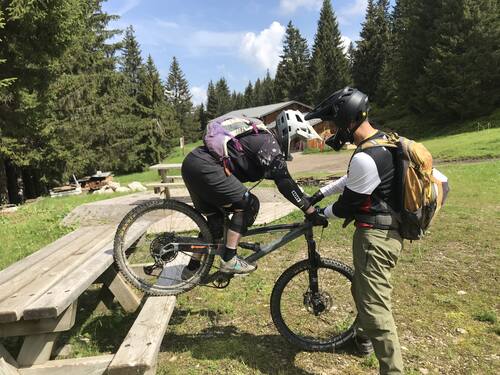
Before you go all out on upgrades, let me impart some sage advice: the best upgrade you can make is to yourself. No matter how experienced you are, there’s always room for improvement. Invest in mountain bike lessons to fine-tune your skills, learn new techniques, and master the art of conquering the trails. Trust me, the feeling of riding with confidence and finesse will surpass any bike upgrade you can imagine.
Lessons can help you become more efficient in pedaling, maneuvering through obstacles, and navigating tricky descents. They can also instill confidence in your abilities while pushing you just enough to progress your riding.
Final Thoughts On How To Upgrade A Mountain Bike
You can go silly with upgrading a mountain bike, and that’s fine if you can afford it. But the best things to upgrade first are the cheapest. Upgrade your grips, saddle, pedals, and tires first. There’s no doubt that you’ll notice a significant change in how your bike feels and performs.

